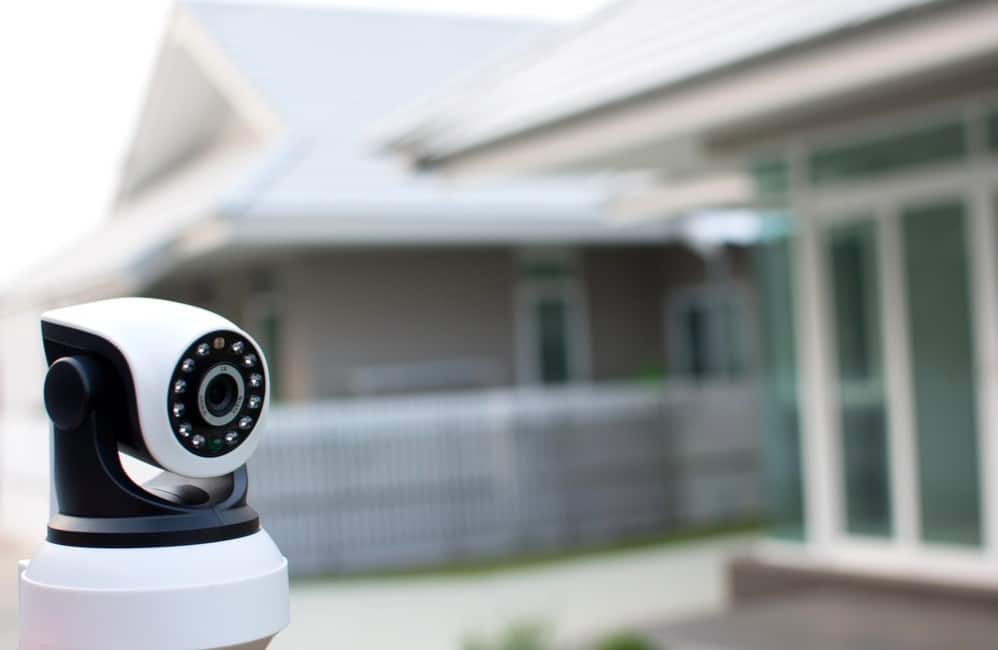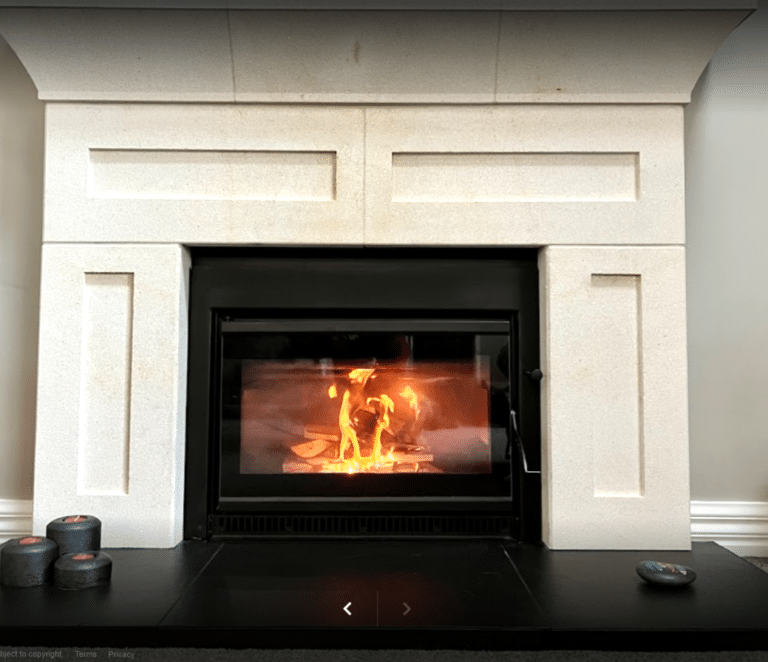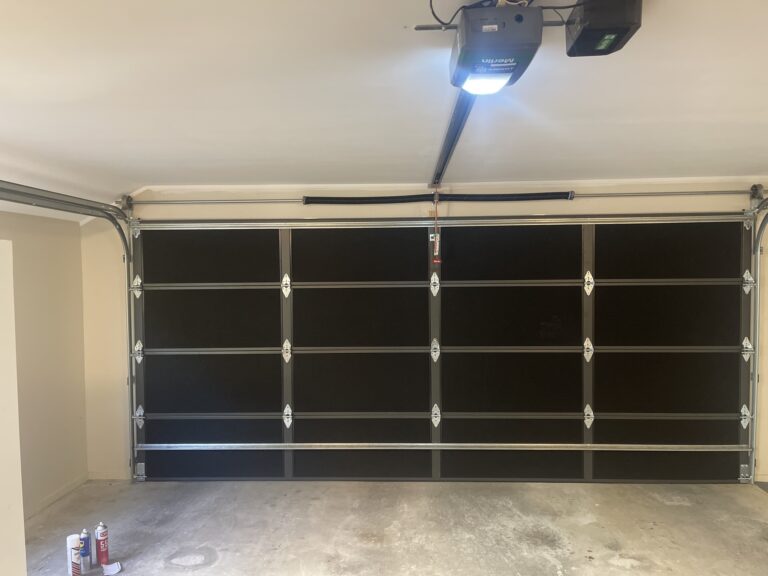Security cameras have become as common as letterboxes in New Zealand neighbourhoods. Drive through any suburb in Hamilton, Auckland, or Wellington, and you’ll spot them tucked under eaves, mounted on fences, and positioned at front doors. While this surge in home surveillance reflects genuine security concerns, it’s also creating a legal minefield that most homeowners don’t even realise exists.
The reality is stark: many well-intentioned property owners are unknowingly violating privacy laws every day. Their cameras, installed to protect family and property, could be capturing footage that breaks the Privacy Act 2020, potentially leading to complaints, legal action, and neighbourhood disputes.
This guide explains exactly what’s legal, what crosses the line, and how to protect your property while respecting others’ rights. Drawing from Privacy Commissioner decisions and practical experience, we’ll show you how to navigate New Zealand’s privacy landscape without sacrificing security.
Understanding New Zealand’s Privacy Laws for Home Security
The Privacy Act 2020 fundamentally changed how we think about personal information in New Zealand. Unlike its predecessor, the updated legislation explicitly includes individuals who collect identifiable images or video footage. This means your home security system falls under the same legal framework that governs businesses and government agencies.
Here’s what triggers the law: if your camera records anyone who can be identified from the footage, you’re collecting “personal information.” This includes neighbours watering their gardens, children walking to school, delivery drivers, or anyone whose face, vehicle registration, or identifying features are captured.
The Office of the Privacy Commissioner has been unambiguous about this: private individuals cannot hide behind the excuse that they’re “just protecting their home.” If you’re collecting personal information through surveillance, you have legal obligations regardless of your intentions.
The Key Privacy Principles That Apply
The Privacy Act establishes 13 principles that govern how personal information must be handled. For security cameras, the most relevant include:
Collection Limitation: You can only collect information that’s necessary for your security purpose. Recording your neighbour’s entire backyard to monitor your boundary fence likely goes beyond what’s necessary.
Use Limitation: Footage must only be used for the purpose it was collected. Sharing amusing clips of delivery mishaps on social media, even from your own property, could breach this principle.
Storage and Security: Footage must be stored securely and protected from unauthorized access. Leaving your system with default passwords violates this principle.
The Most Common (and Costly) Mistakes
1. The Wide-Angle Trap
Modern security cameras often boast 180-degree views and 4K resolution. These features sound impressive but can create legal nightmares. Wide-angle lenses frequently capture far more than intended, sweeping across neighbouring properties, public footpaths, and shared spaces.
Consider this scenario: You install a camera above your garage to monitor your driveway. However, the wide-angle lens also captures your neighbour’s front door, their lounge window, and part of the street. Even though the camera is on your property, you’re now collecting personal information about everyone who visits your neighbour and every pedestrian who passes by.
The solution isn’t to avoid wide-angle cameras entirely, but to use privacy masking features to block out areas beyond your property line. Most modern systems allow you to digitally “mask” portions of the view.
2. The Social Media Sharing Mistake
The temptation to share interesting footage is strong, especially when you’ve captured something amusing, suspicious, or newsworthy. However, posting security footage online almost always violates privacy laws, whether on Facebook, Instagram, local community groups, or neighbourhood watch pages.
Even seemingly harmless posts can have serious consequences. Sharing footage of suspected thieves might seem like community-spirited behaviour, but you’re potentially defaming individuals who haven’t been convicted of any crime while also breaching their privacy rights.
3. The Rental Property Oversight
Property investors and landlords face particular challenges. Installing cameras in shared areas like driveways, hallways, or communal spaces without proper disclosure can violate tenants’ rights under both privacy and tenancy legislation.
The issue extends beyond permanent tenants to include Airbnb guests, flatmates, and even regular visitors. Everyone who might be recorded needs to be informed about the surveillance, preferably before they enter the property.
Council Regulations and Resource Consent
While the Privacy Act provides the overarching legal framework, local councils add another layer of regulation. In the Waikato region, certain camera installations may require resource consent, particularly if they:
- Extend above fence height limits
- Are mounted on poles or structures in front yards
- Include commercial-grade equipment or lighting
- Could be considered a “structure” under district plan rules
Hamilton City Council, like many territorial authorities, handles surveillance complaints through their nuisance and boundary dispute processes. Before installing extensive camera systems, check with your local council about height restrictions, front yard limitations, and neighbour notification requirements.
What the Privacy Commissioner Actually Does
The Office of the Privacy Commissioner isn’t just a theoretical threat. They actively investigate complaints and have real enforcement powers. Their case studies reveal common patterns:
Case Study 1: A Wellington homeowner installed a camera to monitor vandalism to his vehicle. However, the camera’s position meant it recorded everyone entering and leaving his neighbour’s home, including their teenage children’s mates. The OPC required the camera to be repositioned and ordered deletion of all existing footage of the neighbours.
Case Study 2: A Christchurch landlord installed cameras in a rental property’s shared driveway without informing tenants. The OPC found multiple privacy principle breaches, resulting in formal warnings, mandatory privacy training, and required camera removal.
The OPC’s enforcement tools include formal warnings, orders to destroy improperly collected information, requirements to modify camera systems, and in serious cases, prosecution with fines up to $10,000.
The Smart Homeowner’s Compliance Strategy
Strategic Camera Placement
The 45-Degree Rule: Angle cameras downward at approximately 45 degrees to focus on your immediate property while minimizing capture of adjacent areas. This simple adjustment eliminates most privacy concerns while maintaining effective security coverage.
Boundary Buffer Zones: Position cameras to end their useful range at least one metre inside your property boundary. This buffer zone accounts for camera movement, wind, and seasonal changes in vegetation.
Entry Point Focus: Rather than monitoring entire outdoor areas, focus cameras on specific entry points: front doors, back gates, garage entrances, and potential access routes. This targeted approach provides better security while reducing privacy risks.
For detailed guidance on optimal camera positioning, our guide on the best places to install security cameras around your Hamilton property covers strategic placement from a security perspective.
Professional Signage Requirements
Effective signage goes beyond basic “security cameras in use” warnings. Professional installations should include:
- Clear information about what’s being recorded and how long footage is kept
- Contact details for the property owner
- Strategic placement where signs are visible to anyone who might be recorded
- Multiple language options in diverse communities
Secure Storage and Access Management
Encryption Standards: Use systems that encrypt footage during both transmission and storage. This protects against hacking and unauthorized access.
Access Controls: Limit system access to specific individuals and maintain logs of who accesses footage and when.
Retention Policies: Establish clear timeframes for keeping footage. Generally, 30-90 days is sufficient for security purposes and reduces privacy risks.
Technology Solutions for Privacy Compliance
Modern Privacy Features
Polygon Masking: Draw precise shapes around areas you want to exclude from recording, such as neighbours’ windows or public footpaths.
Motion-Based Privacy: Advanced systems can detect human movement and automatically blur people outside designated zones while keeping them visible in appropriate areas.
Smart Detection: Modern systems distinguish between humans, animals, and vehicles, reducing false alarms while maintaining security effectiveness.
Regional Considerations for New Zealand
Waikato-Specific Challenges
The Waikato’s mix of urban, suburban, and rural properties creates unique surveillance considerations:
Rural Properties: Lifestyle blocks and farms often have longer boundaries and shared access ways that complicate camera placement and privacy obligations.
Student Areas: Hamilton’s large student population means frequent tenant changes and higher visitor traffic, requiring robust signage and disclosure systems.
Weather Factors: New Zealand’s climate affects camera performance. Seasonal vegetation changes can alter coverage throughout the year, potentially creating privacy violations during certain seasons.
When Disputes Arise
Early Resolution Strategies
Most surveillance disputes start small but escalate quickly. Early signs include neighbours mentioning feeling “watched” or asking about what you’re recording.
Direct Communication: Address concerns immediately through respectful dialogue. Often, explaining your security needs and showing willingness to adjust camera angles resolves issues before formal complaints.
Professional Mediation: When direct discussion fails, community mediation services can resolve disputes without involving authorities.
Legal Preparation
If disputes escalate to formal complaints:
- Document your compliance efforts, including system specifications and signage
- Keep records of neighbour communications
- Consider professional security assessments for objective analysis
- Understand that Privacy Commissioner orders can require system modifications or removal
The Business Case for Compliance
Compliance Investment: Professional installation, appropriate signage, and proper storage systems typically add 20-30% to basic security system costs.
Non-Compliance Risks: Privacy Commissioner fines, legal fees, required system modifications, and neighbourhood relationship damage often cost significantly more than initial compliance.
Property Value: Well-designed, compliant security systems can increase property values, while properties with surveillance disputes face reduced marketability.
Future-Proofing Your Security
Privacy law continues evolving, with potential future changes including stricter disclosure requirements and technology-specific regulations. AI-powered privacy features and mobile management capabilities are making compliance easier while improving security effectiveness.
Professional security providers who understand New Zealand’s privacy landscape can design systems that provide comprehensive protection while maintaining full legal compliance. They bring expertise in strategic placement, appropriate technology selection, and ongoing compliance management.
Making the Right Choice
Protecting your home doesn’t require sacrificing legal compliance or neighbourhood relationships. Effective security and privacy respect aren’t competing interests; they’re complementary aspects of responsible property ownership.
When your security system is professionally designed and legally compliant, you can focus on what matters most: enjoying your home and protecting your family while respecting everyone’s rights. The investment in professional guidance ensures maximum protection while building, rather than damaging your standing in the community.
In New Zealand’s close-knit neighbourhoods, community goodwill combined with smart security solutions provides the most comprehensive protection of all.




